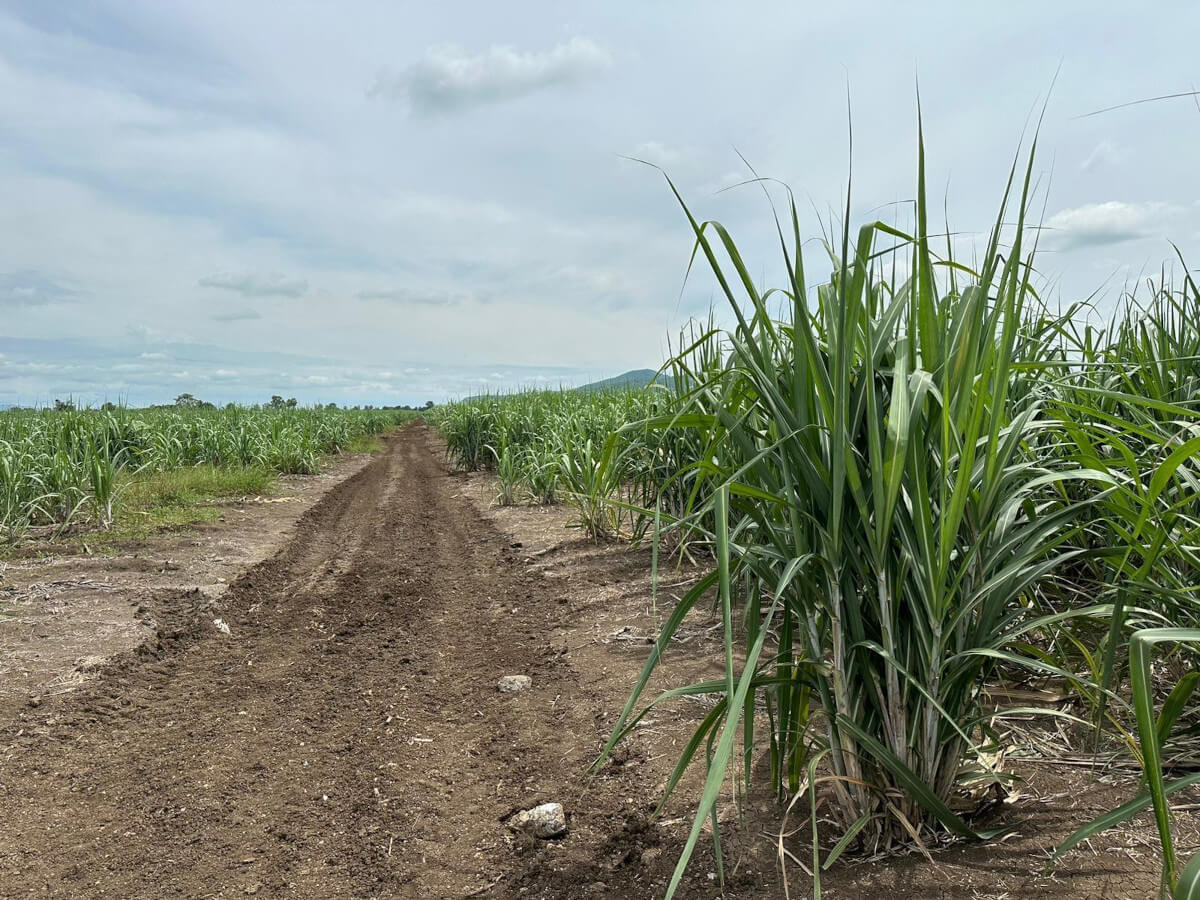Insight Focus
Severe flooding has affected Northern Thailand recently. This may be positive for cane agricultural yields. However, the flooding may have a negative impact on cassava.
Flash Flooding in Thailand
Thailand is currently facing significant flooding due to heavy rainfall last week, especially the North and the Northeast region. Some provinces such Chiang Rai, Phayao, Phetchabun, Nan and Phrae are still experiencing flooding.
More than 20,000 households have been affected by the adverse weather. People have been evacuated from their homes due to severe flooding and some houses have been washed away by it.

Despite dry weather at the beginning of the year, rainfall has arrived from May onwards. The recent heavy rain may enhance cane agricultural yield.
As it stands, we expect the cane yield to increase by 21% year over year to 10.4 tonnes/rai (65 tonnes/ha). This is only slightly lower than 2019, when Thailand crushed above 100 million tonnes at an average of 11.2 tonnes/rai (70 tonnes/ha). However, the rainfall is a risk for cassava production.
As a result, we are still looking at 110 million tonnes of sugarcane production for the 2024/25 season. The volumes for the 2025/26 season, which will be planted from October 2024, should be higher.

Last week we visited our Low Carbon Farming Project in Lopburi, Singburi, and Nakhon Sawan province. These areas received a decent amount of rainfall but still lower than the average and even lower compared to the Northeast region. According to our observation, current sugarcane development is considered healthy in both irrigated areas and rainfed areas.

















